Prends-Ça! A Paris Exhibition Invites Visitors to Take the Artworks with Them
PARIS — Take Me (I'm Yours) at the Monnaie de Paris revives and expands a 1995 exhibition curated by Christian Boltanski and Hans-Ulrich Obrist at London's Serpentine Gallery, in which all the art is designed to be touched and taken away.

PARIS — Take Me (I’m Yours) at the Monnaie de Paris revives and expands a 1995 exhibition curated by Christian Boltanski and Hans-Ulrich Obrist at London’s Serpentine Gallery, in which all the art is designed to be touched and taken away. Chiara Parisi, director of cultural programs at the French institution that reopened to the public last year, joins the duo in curating the 2015 edition in the 18th-century halls of the Paris building.
The exhibition features the original 1995 exhibition’s 12 participants, including Christian Boltanski, Gilbert & George, Douglas Gordon, Wolfgang Tillmans, Carsten Höller, and the late Franz West, who has two couches for visitors to rest on near the entrance, and expands it to incorporate another 32 artists. All of the art is meant to be a welcoming interaction, whether sampling the marzipan bones of Daniel Spoerri’s “Untitled” (2015) skeleton, unsticking an Eiffel Tower postcard from Hans-Peter Feldman’s “Postcards” (2015) project that covers an entire room with cheap souvenirs, or selecting a second-hand piece of clothing from the several heaps amassed by Boltanski in “Dispersion” (1991–2015), which was included in the original show.
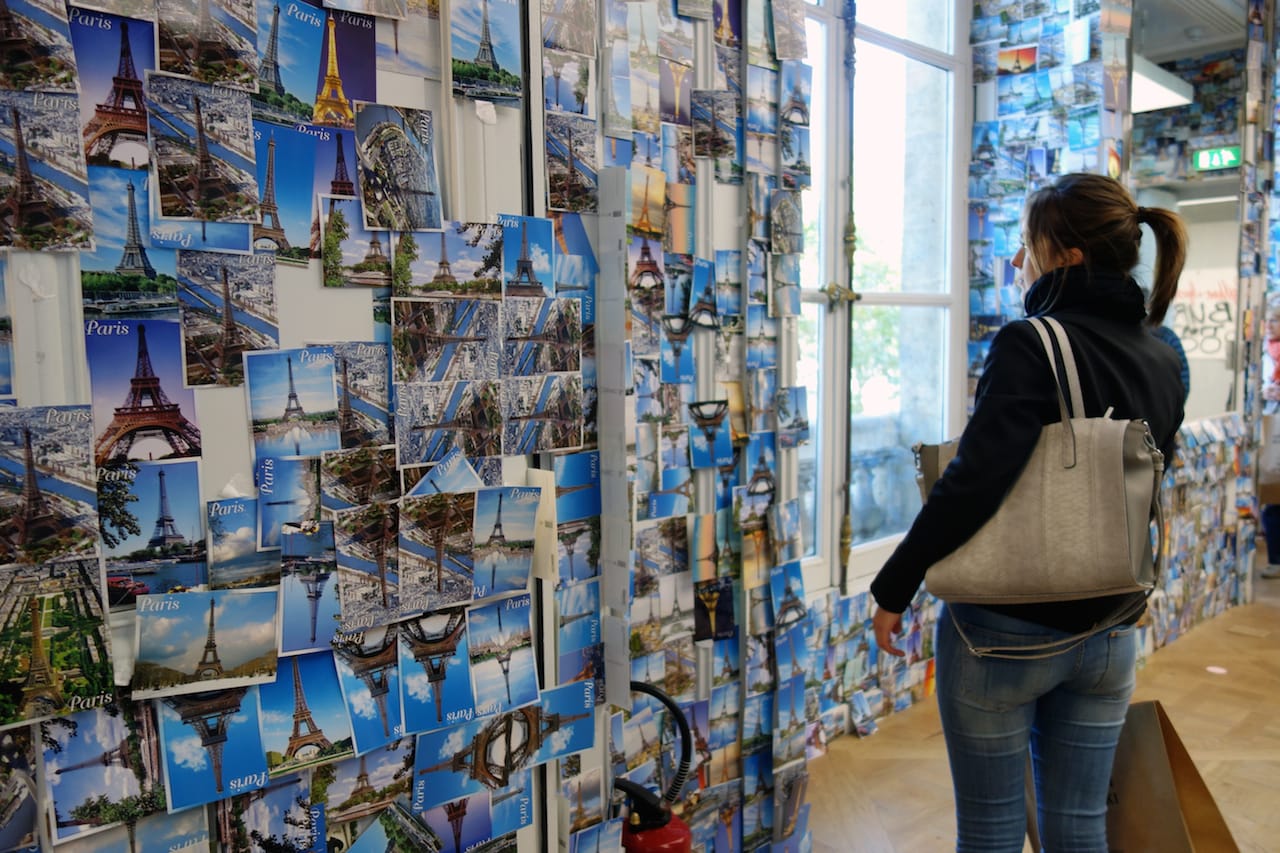
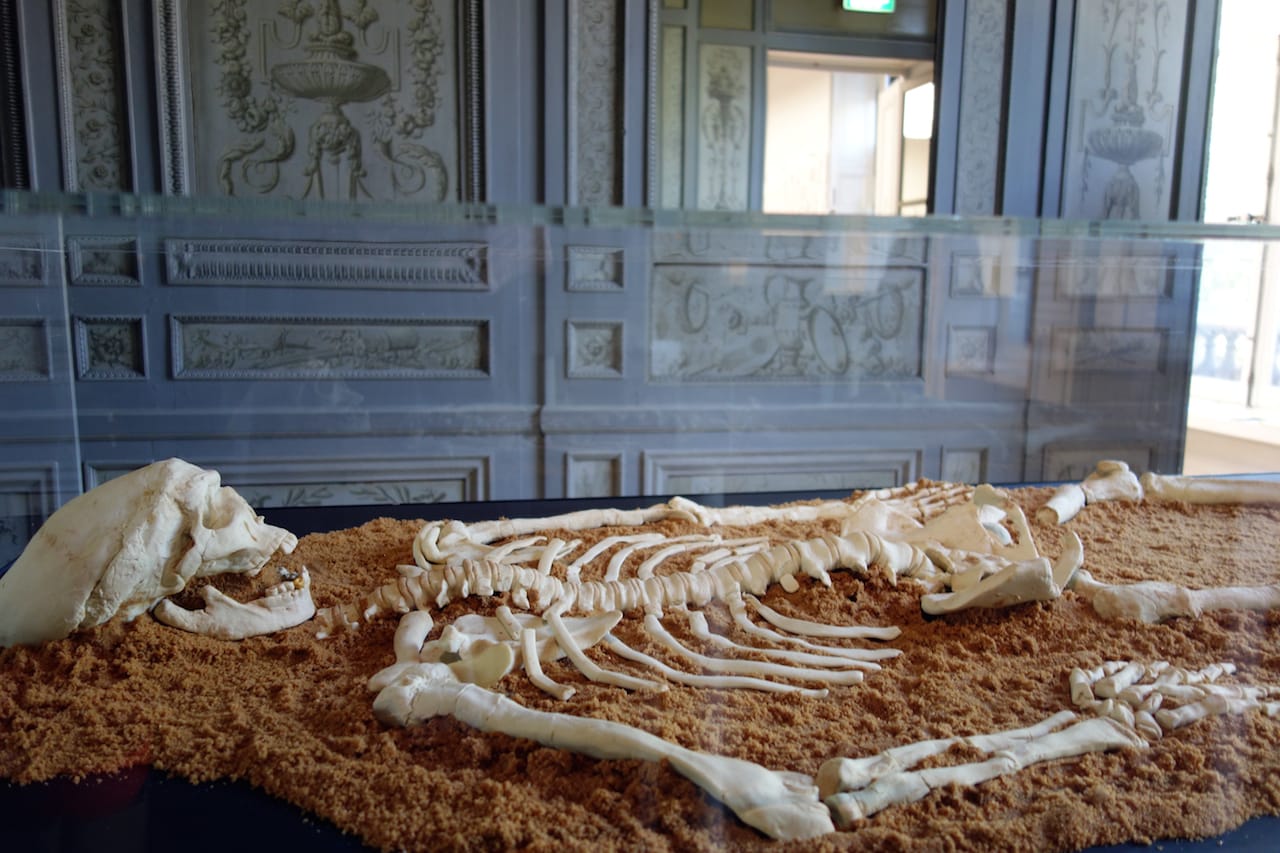
Other pieces invite visitors to leave something behind, like Franco Vaccari’s photobooth in “Exhibition in real time no. 44: Leave a photographic trace of your passing on the walls” (1969–2015), where visitors are invited to take a photograph and pin it on the wall as evidence of their visit, or Yoko Ono’s “Wish Tree” (1990–2015) which is comprised of a small group of olive trees at the grand front staircase where peace messages can be tied to their branches. And some installations are interaction-based, like Gustav Metzger’s “Mass Media: Today and Yesterday” (1971–2015), where thousands of newspapers are available to slice up and add to a wall collage on the themes of “credits,” “extinction,” and “our modern life-style.”
The exhibition opened in mid-September, and the goal for Take Me (I’m Yours) is for all the art to disappear by its closing on November 8. As of early October, some art had already vanished into the eager hands of visitors, like the protest slogan pins of Gilbert & George’s “The Banners” (2015). Others like Felix Gonzalez-Torres’s “Untitled (Revenge)” (1991) with its carpet of blue spearmint candies, and Carsten Höller’s “Pill Clock” (2011–2015) dropping a mystery pill every three seconds, were still very much present.
Take Me (I’m Yours) is proposed to be about art and its value, questioning the uniqueness of interactions with the pieces and how our experience in a gallery changes when we can carry a bit of it away with us. The setting of the ornate rooms lit by chandeliers is stunning, although with 44 artists, including revolving performances, it lacks a tightness of vision present in the 1995 version. It’s also on the whole art that feels comfortable to take away, and it might be interesting if some of the pieces were less inviting, or if the interaction was more ambiguous. Nevertheless, it is interesting to revisit this exhibition which is dispersed through the actions of each visitor. There’s something intriguing in the idea that some piece of the experience will be carried far away from this particular time and place.
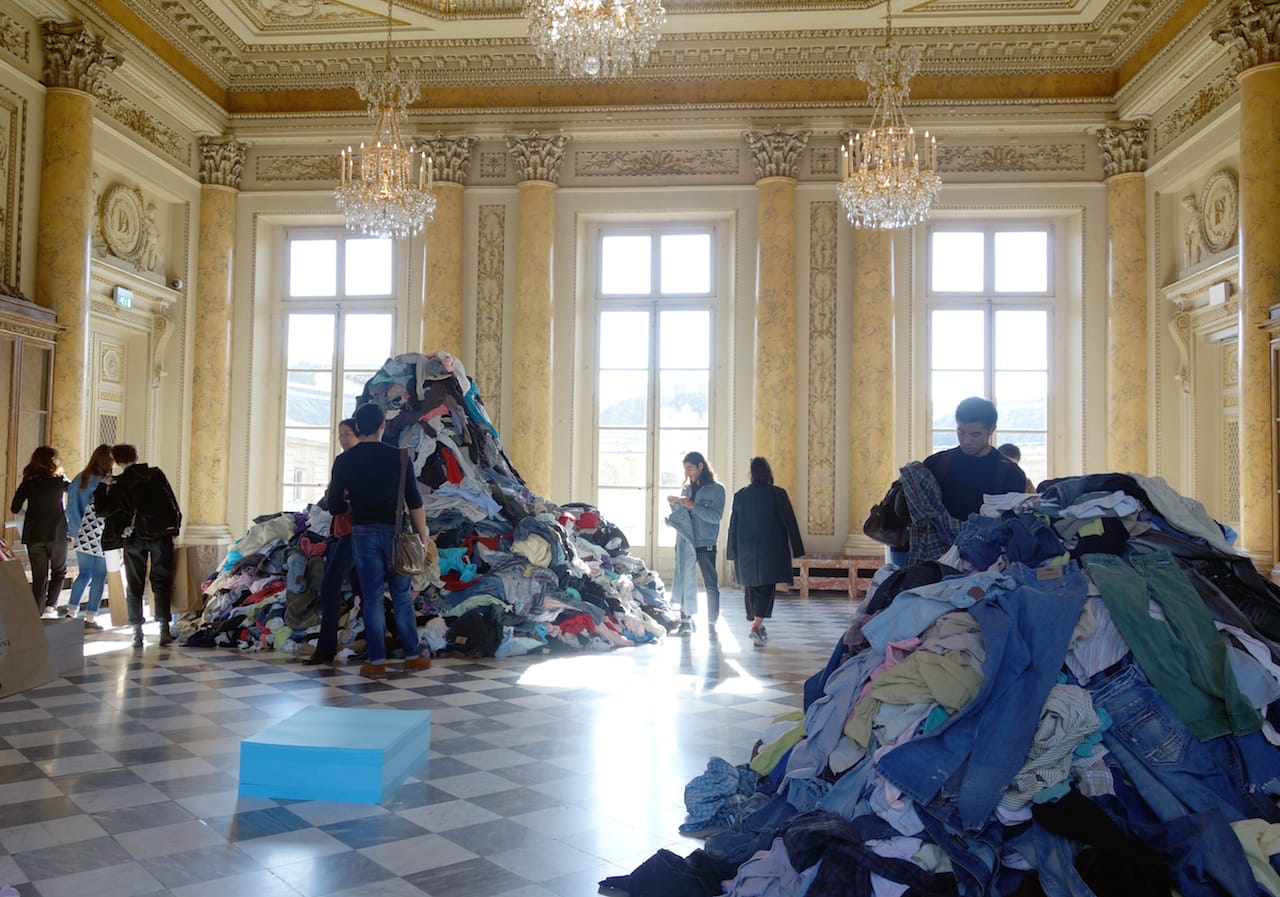

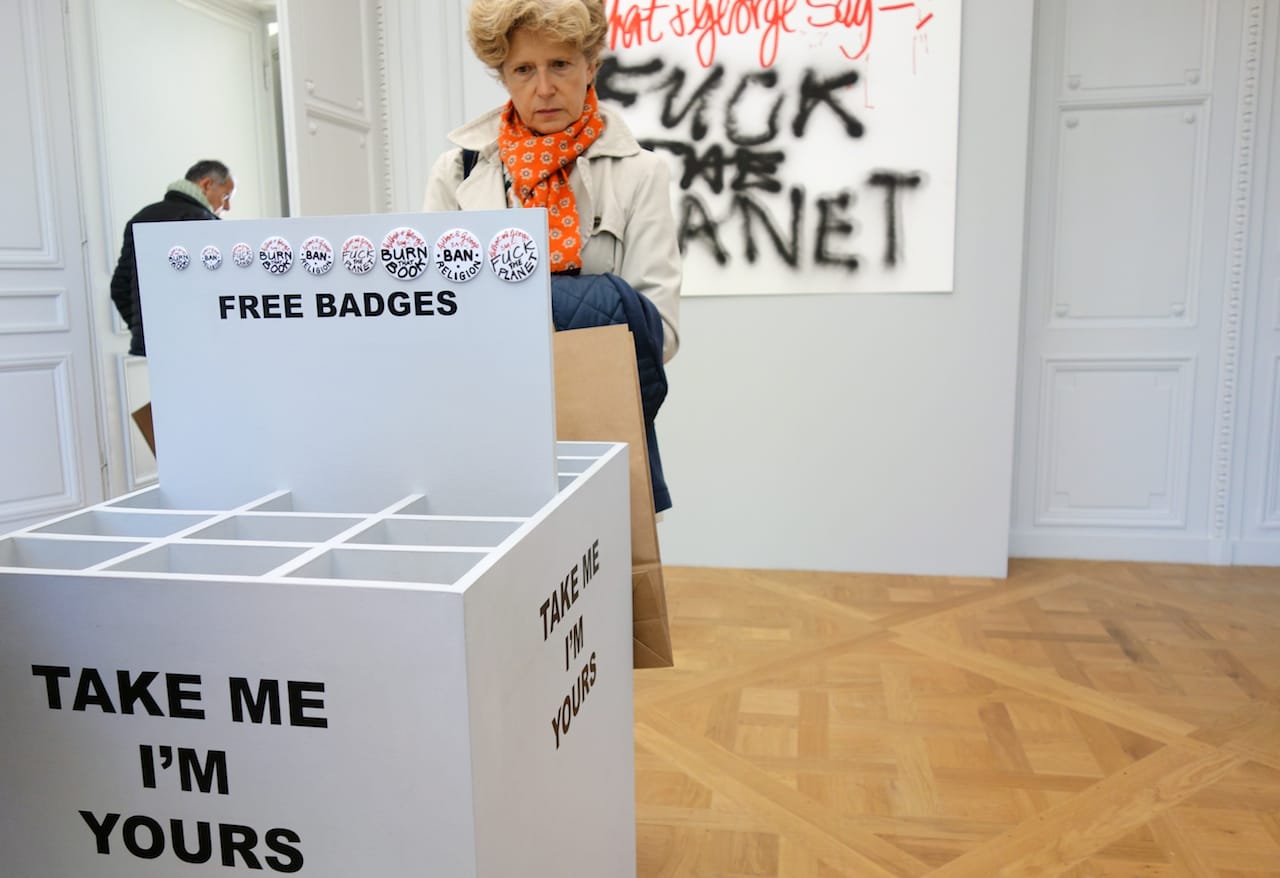
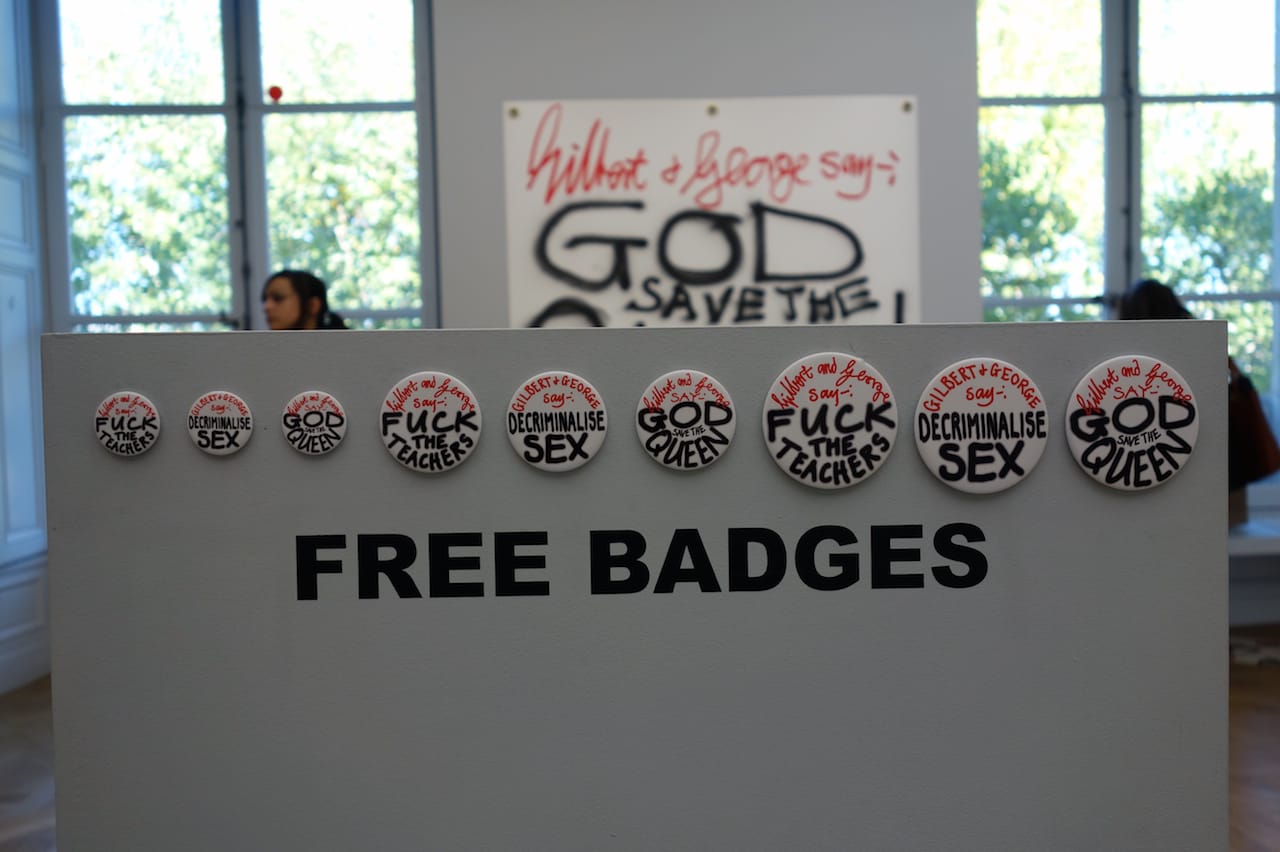


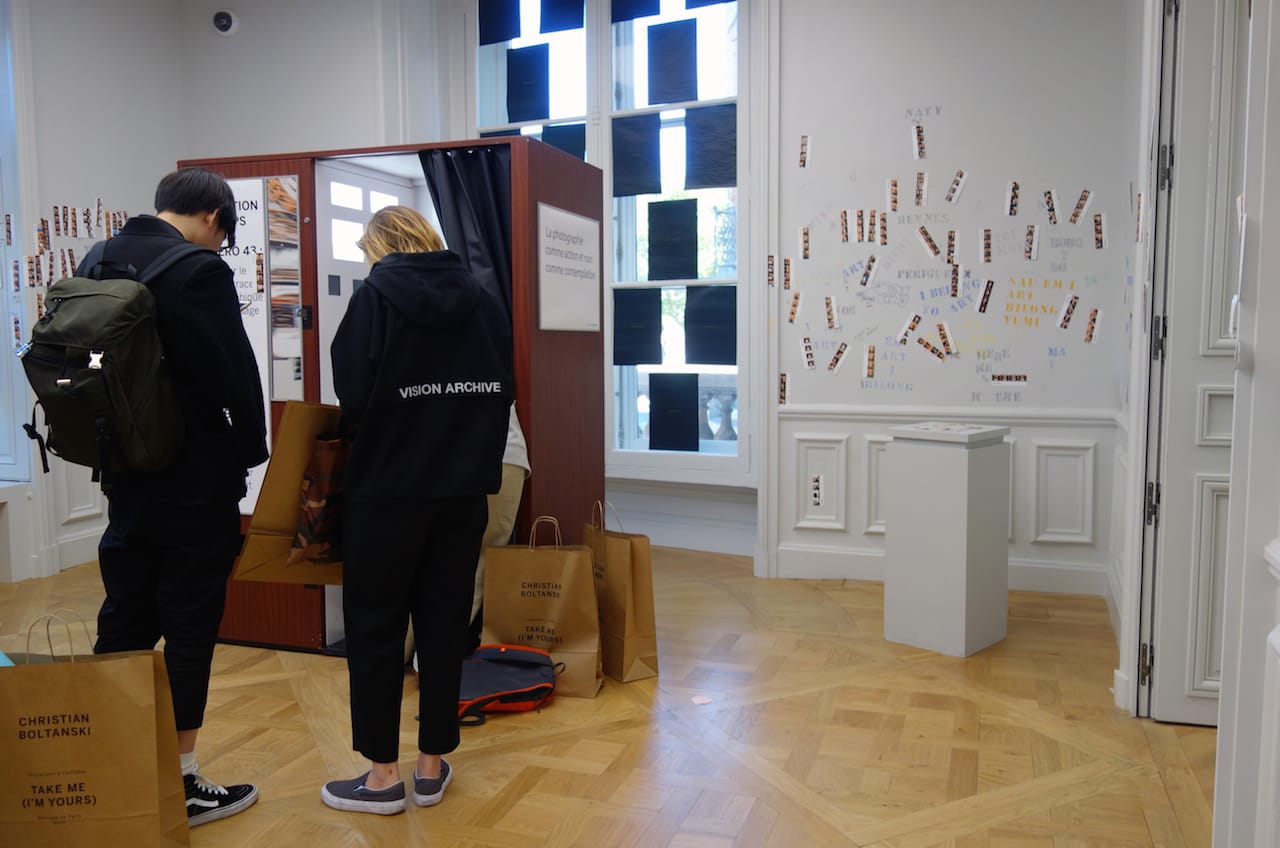


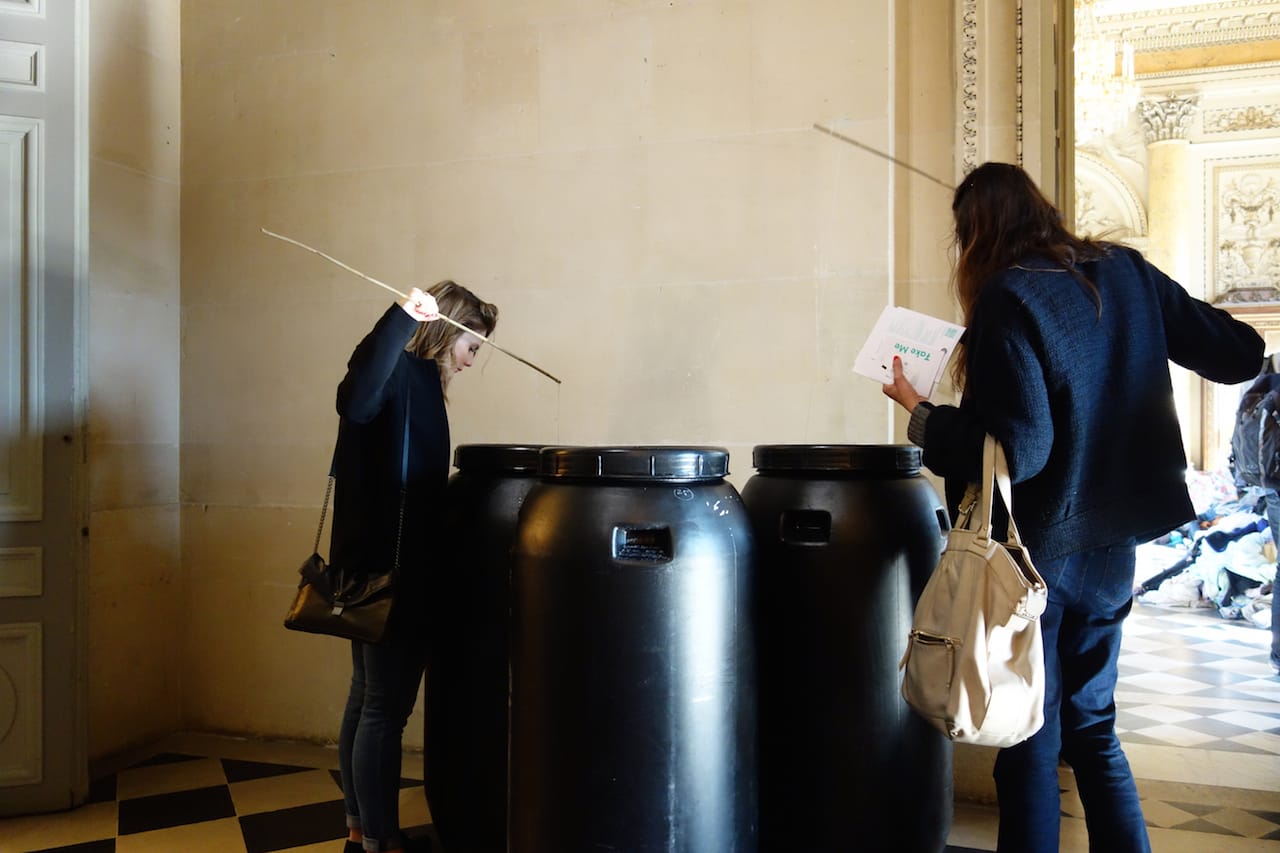
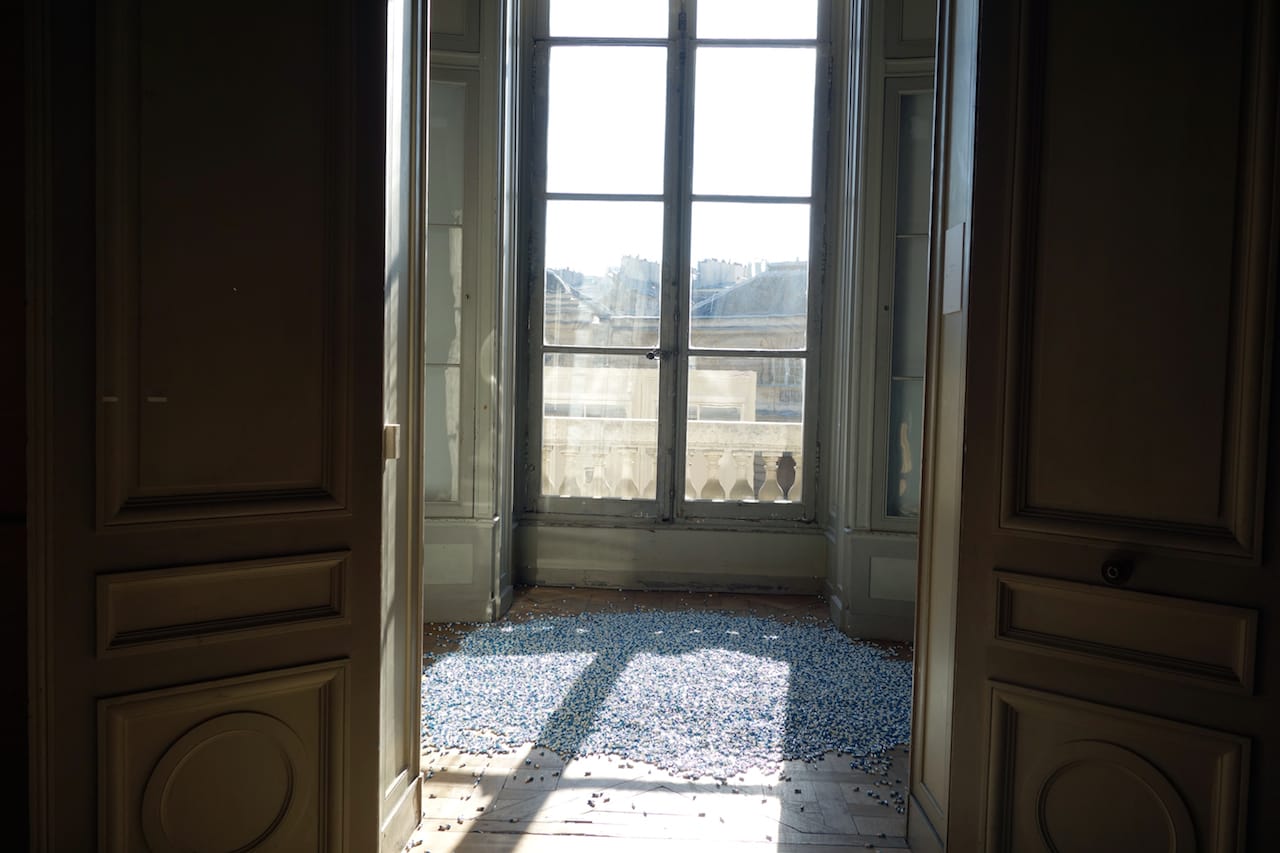

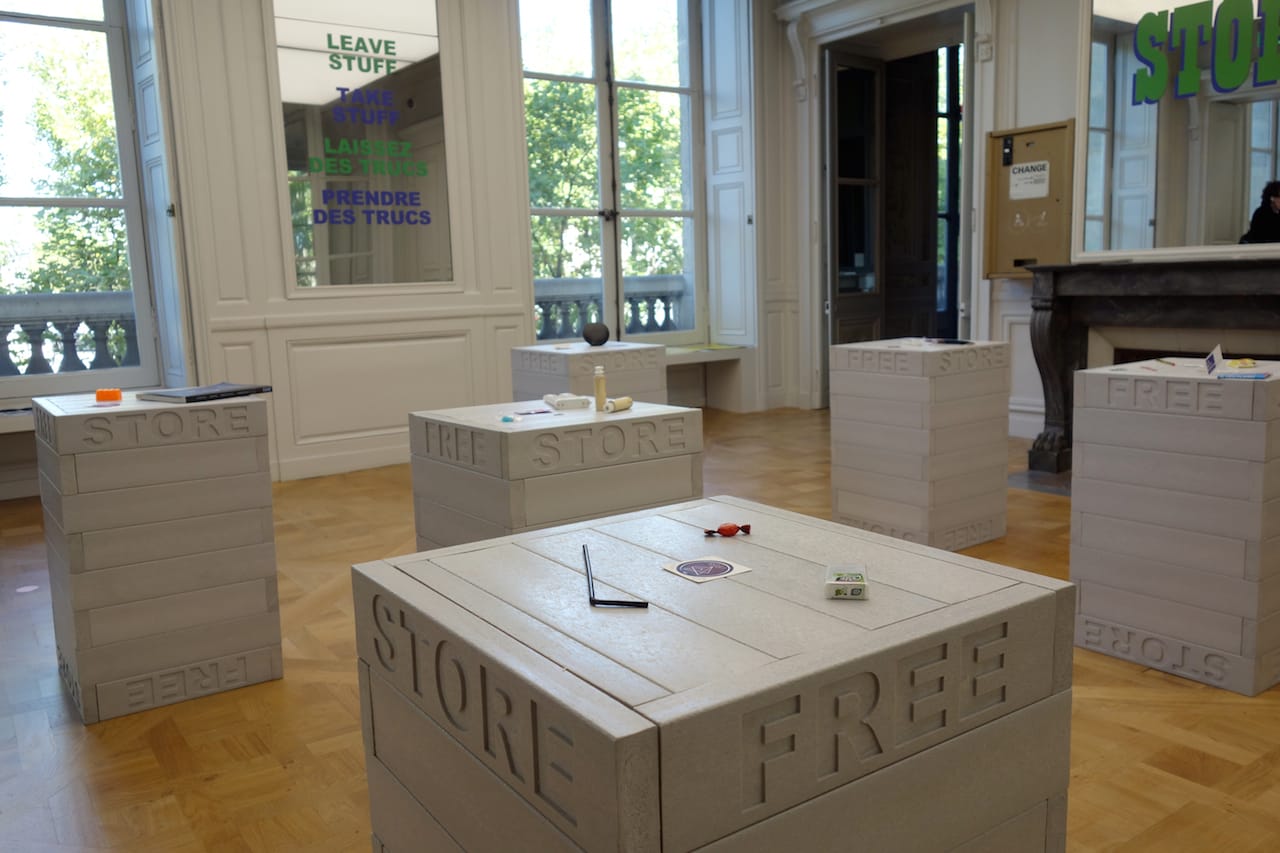
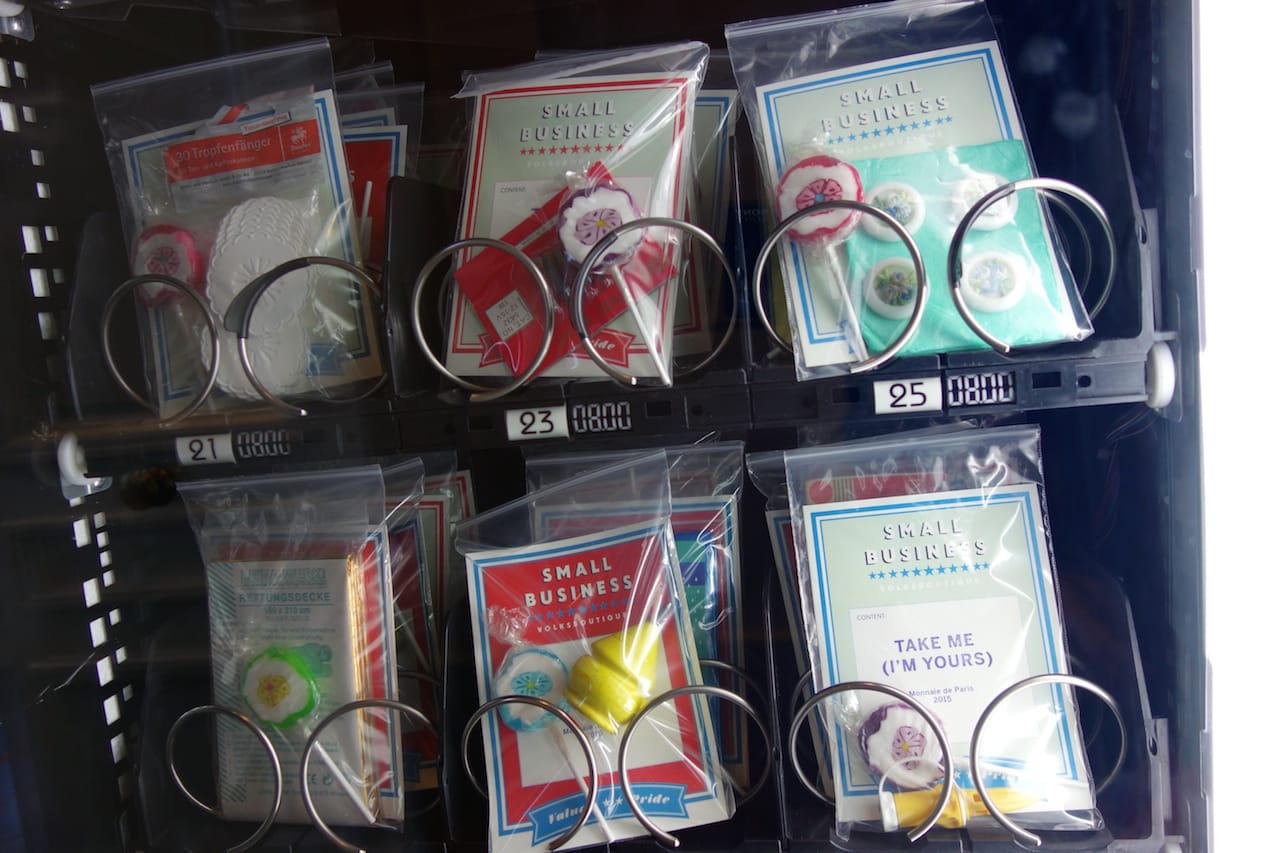

Take Me (I’m Yours) continues through November 8 at the Monnaie de Paris (11, quai de Conti, Paris).





